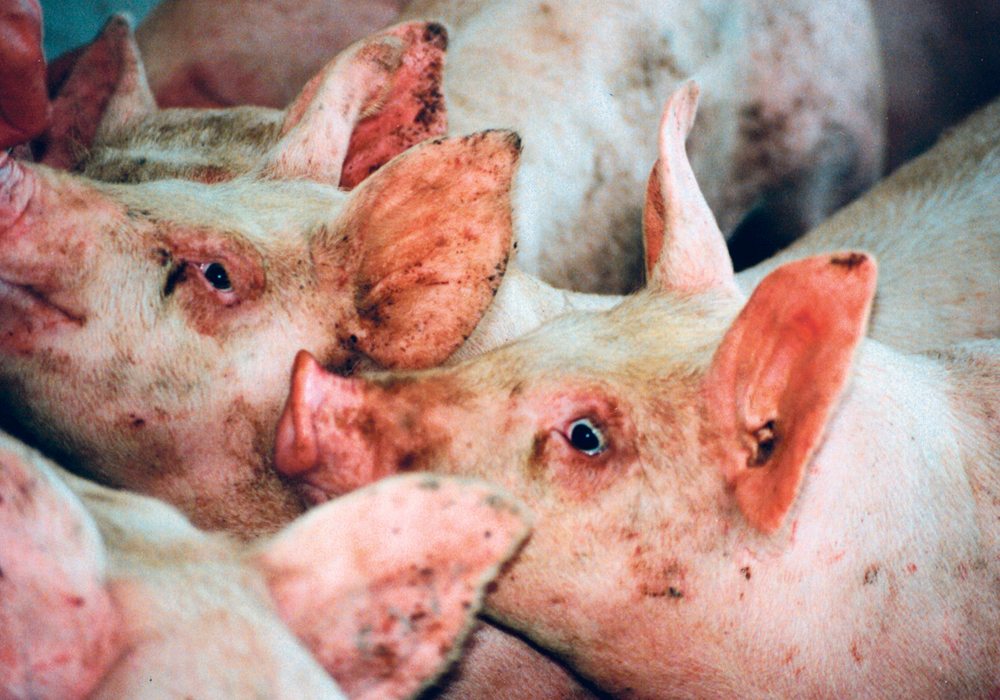Farmers should get a year of strong packer demand and aggressive cash prices — unless U.S. President Donald Trump blows up the North American pork market.
That’s how Hams Marketing’s director of risk management, Tyler Fulton, looks at 2018.
“I’m pretty optimistic that these new plants will shake up the dynamic enough that we will be looking at significantly tighter packer margins,” said Fulton, referring to the new slaughter plants that are coming into full production and creating lots of competition for live hogs.
Read Also

Huge Black Sea flax crop to provide stiff competition
Russia and Kazakhstan harvested huge flax crops and will be providing stiff competition in China and the EU.
Farmers should not have to worry about a squeeze in the fourth quarter of 2018, the traditionally most risky time for the market, because of all the new capacity, Fulton said.
That makes the steady growth of the U.S. hog herd a less alarming prospect than it would be without those new packing houses.
The U.S. Department of Agriculture in December found that the U.S. herd is still expanding and might even be expanding at a slightly faster clip. U.S. farms weaned 33.4 million pigs between September and November, which was a three percent increase year-to-year.
As well, Fulton described U.S. consumer demand for pork as “rock solid.”
As long as that continues, the increasing amounts of bacon, ribs, shoulders and hams should be able to be mostly consumed within the United States, although U.S. pork will still need the export market to clear the growing supplies.
However, everything could go sideways if Trump ends the North American Free Trade Agreement, Fulton fears. Mexico is a major buyer of U.S. pork, and if the U.S. and Mexico get into a trade war or if trade flows are simply interrupted or slowed, the Mexico-destined pork could begin piling up in the U.S., creating a domestic glut.
That would be bad for Canadian pork prices because Canadian prices are based on the U.S. market and millions of Canadian hogs and many tonnes of Canadian pork end up in the U.S.
If trade wars break out in North America, there could be all sorts of repercussions.
That’s why Fulton, like most agriculture market analysts on both sides of the border, are hoping NAFTA manages to survive and trade tension can dissipate.
“I want a deal so that Mexico doesn’t retaliate with some tariffs on U.S. pork,” said Fulton.
“I just want more of the same.”


















